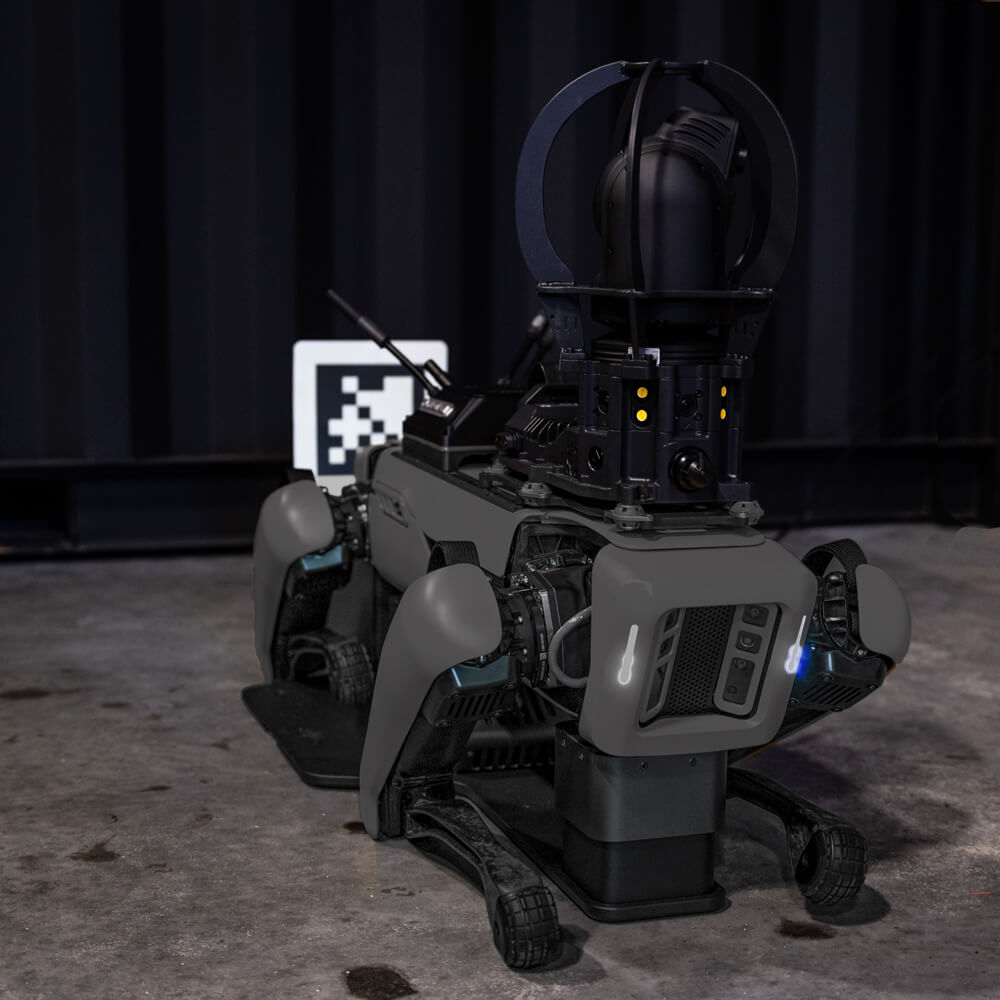The responsibility for perimeter security is now changing hands. Robots like the Boston Dynamics Spot robot are now taking over for human sentries. While this application may be new, using Spot for repetitive and mundane jobs is not. Boston Dynamics designed Spot for routine inspections; using it for security is a logical application given its capabilities. In this article, we look at using Spot for perimeter security.
What is Perimeter Security?
Perimeter security is the process of securing an installation against intrusions — thieves, saboteurs, or enemy forces. The most common systems include static cameras like CCTVs. While static sensors have value, they are certainly limited. They are prone to blind spots and are non-adaptive. A camera mounted on a wall may not be able to see a cut in a fence. That’s why roving patrols are so important. Normally, security personnel conduct patrols. However, it’s difficult to remain vigilant for long periods of time. Their attentiveness decreases as hours go by. Moreover, they’re likely to be the first targets of an attack.
Spot as a Security Solution
Autonomous vehicles like Boston Dynamics’ robot dog are the answer to both problems. As a Q-UGV or Quadrupedal Unmanned Ground Vehicle, Spot has unique characteristics. Unlike wheeled or tracked robots, Spot’s legs allow it to traverse difficult terrains like stairs, snow, or marshland. Factors that would hinder other technologies — and even humans — are no challenge to the robot’s mobility. Spot, one of a few well-known robot dogs, can conduct persistent security patrols without getting tired. As long as its batteries are charged, it will relay 360-degree video to a control center. This ensures that the property is always under surveillance and limits human error as the result of fatigue.

Spot Payloads
Sometimes, a perimeter patrol will require a payload. Spot is capable of integrating a variety of payloads into its system. Take the Spot Arm, for example, which enables the robot to open doors or pick up suspicious objects. The PTZ thermal camera is another popular option that increases awareness. A Spot robot equipped with a thermal camera can detect intruders at night or in bad weather.
Another payload option is Ridgeback, a FLYMOTION innovation that integrates an MPU5 radio into the robot. Ridgeback can extend Spot’s range or make it a node in a larger mesh network.
Automated Functions
The most important reason Spot is optimal for security is because of its automation. While the robot can be manually operated via the controller, it’s also programmable. Repeated tasks, like moving on an assigned path, or checking a specific door can all be built into an automated mission. Should something get in the way, sensors on Spot detect it, and quickly create a new route to continue the mission. Consequently, operators turn their attention from managing the robot to monitoring the feed.
Automation increases efficiency; to conduct a patrol, a robot is simply deployed from its dock and continues until its batteries drain. It’s then replaced by a second robot that replaces it on the perimeter. This entire operation never requires a human to intervene and leave the control center.

Conclusion
Boston Dynamics’ robots, especially Spot, enhance security operations by providing persistent perimeter security with its superior mobility, payload flexibility, and autonomy. If you’re interested in using Spot in your security operations, AGM provides several options. You can find more information at agmsecuritygroup.com.


